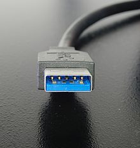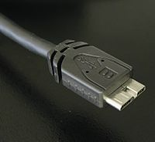I have encountered issues on PCs that can't access CDs or flash drives that previously had removable media access restricted by either group policy or Symantec Endpoint device control. After the control restrictions were removed, trying to read from the CD or flash drive gave an "Access Denied" error.
The only way I've been able to resolve this issue is by going to the Device Manager, uninstalling the CD-ROM drive/flash drive, and then scanning for hardware changes to add it back.
My assumption is that some registry settings aren't being changed correctly when policies are removed, so re-adding the device recreates the registry settings for the hardware.



